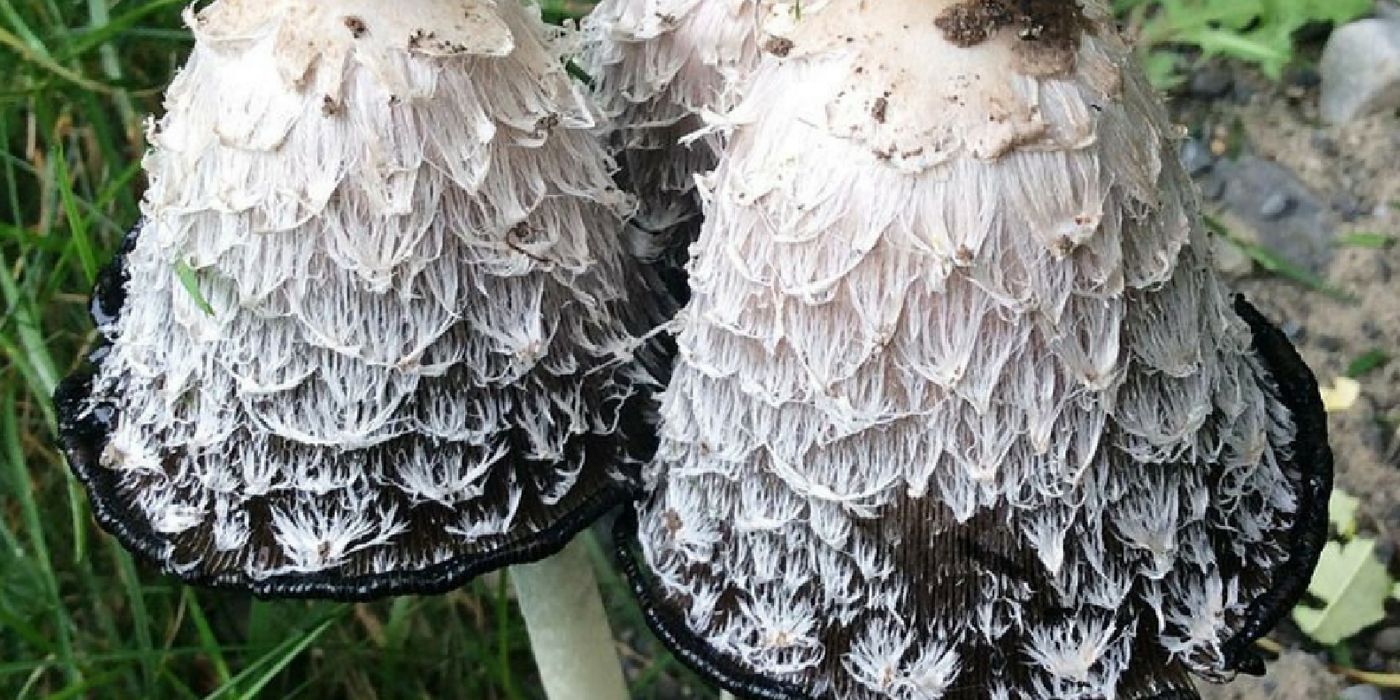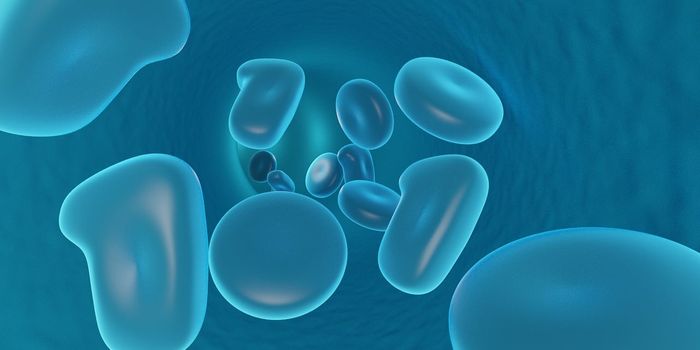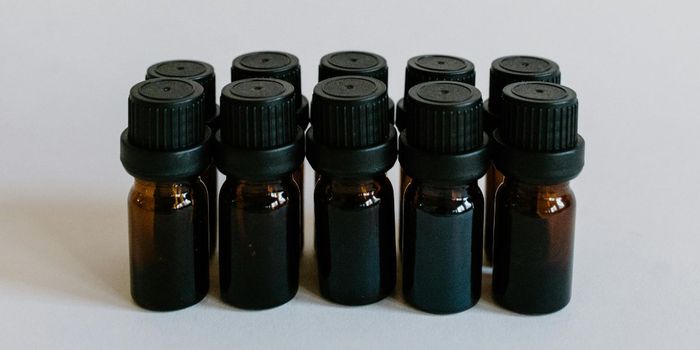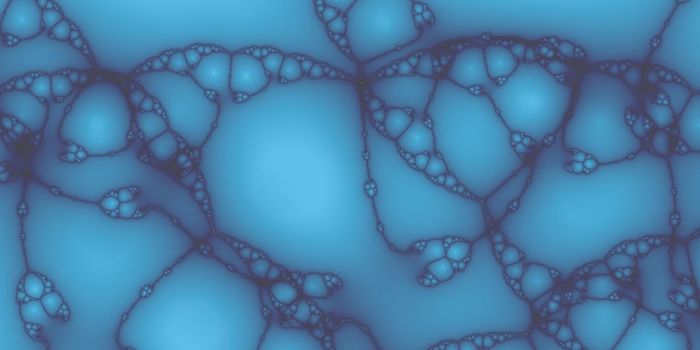A protein from the “shaggy ink cap” mushroom may be a lethal fighter against leukemia cells, scientists reported. If further investigations hold up, the protein may become part of doctor’s arsenals against leukemia.
The specific protein is known as Y3, and it’s found in a common, edible mushroom known scientifically as Coprinus comatus. The fungi is known colloquially as “lawyer’s wig” or “shaggy ink cap” for its white, droopy appearance. The “ink” part of the name derives from the mushroom’s tendency to dissolve into a black, inky mass once it starts to die.
Scientists from the University of Florida found that Y3 has high glycan binding properties. In particular, Y3 binds strongly to LDNF, a glycan usually found in parasites. This interaction triggered a cell-signaling cascade that could be toxic to leukemia cells, causing the latter to undergo cell suicide. In cell experiments, scientists found that Y3 and LDNF interaction triggered the death of more than 90 percent of leukemia T cells.
The results suggest Y3 from this fungi could be useful in leukemia treatment, especially for T cell acute lymphoblastic leukemia (ALL).
Though considered a rare disease, acute lymphoblastic leukemia (ALL) is the most common form of childhood cancer, peaking in early childhood between the ages of 2 and 4. The cancer involves the overproduction of immature white blood cells in the bone marrow. These cancerous cells invade the blood and other organ systems, causing massive cell death and damage in a short amount of time. Radiation therapy, bone marrow transplantation, and chemotherapy agents like methotrexate, vincristine, and cytarabine, are effective against ALL. However, it doesn’t work for everyone, and remission isn’t a sustained outcome in 15 to 20 percent of children in whom the cancer makes a dreaded comeback.
The team hopes to better understand the mechanism behind why glycan binding proteins, such as Y3, causes cellular suicide. Furthermore, they may be able to screen for proteins with similar properties in other mushrooms. The team expects to begin testing Y3 in animal models within the next year.
Of note, the shaggy ink cap has good nutritional value. The mushroom also contains high levels of antioxidants and antimicrobial activity. In addition to the current study, previous researchers have linked this mushroom to treatments for HIV, prostate and ovarian cancers.
Additional source: MNT









